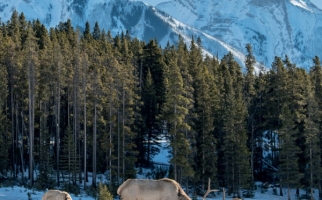
Boreal Forest/Taiga Biome
Backgrounders
Learn about the location, plants, animals, human impacts and conservation of the boreal forest/Taiga biome and meet Anne-Claude Pépin who is a fire management technician.

Kara Layton
Postdoctoral Fellow
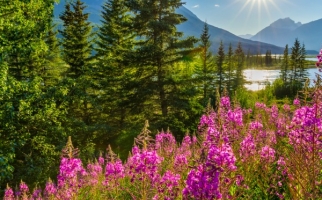
Plant Taxonomy
Backgrounders
Learn about the categories, or phylum, of the plant kingdom with examples from each.
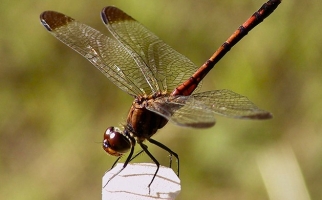
What is an Insect?
Interactives
The What is an Insect? e-book explores the amazing world of insects while showing the characteristics and diversity of insects.

Carly Silver
Career Profiles
Associate Ecologist
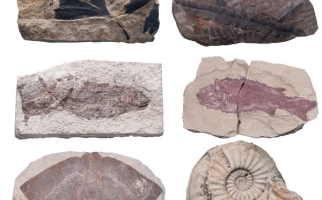
Why Scientists Believe in Evolution
STEM Explained
Scientists have accumulated so much evidence in the theory of evolution that it is one of the most widely-accepted theories in science.
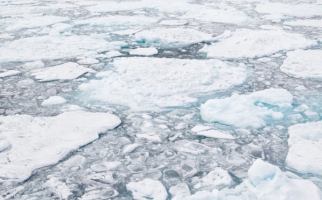
Why Don't Fish Freeze in Cold Arctic Waters?
STEM Explained
Ever wonder how fish survive in the cold waters of the Arctic and Antarctic? It’s partly because of a brilliant evolutionary adaptation.

The Classification of Life: From Linnaeus to DNA Barcoding
Backgrounders
Learn about two taxonomy systems that scientists use to classify the life around us.
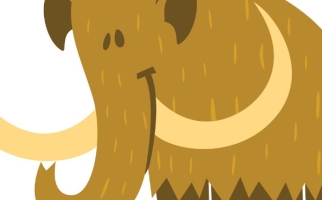
Should Scientists Clone Extinct Species?
STEM Explained
Cloning makes it possible to bring extinct species back to life. But is that a good idea?
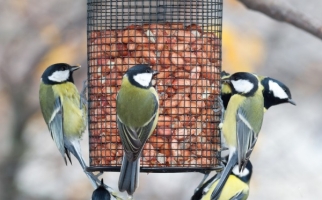
Natural Selection in Your Backyard
STEM Explained
A study on bird feeders and beak sizes shows how an everyday human activity can affect the evolution of another species.

Insects: Part 2
Picture Collections
10 images of some animals that have 6 legs and 3 main body parts consisting of a head, thorax and abdomen.
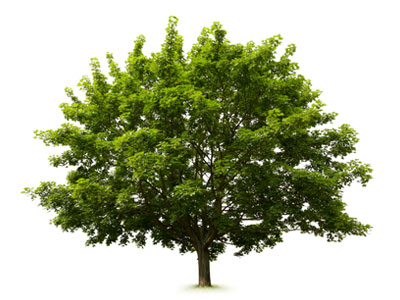
How does water move up a plant?
Hands-on Activities
Do an experiment with celery to learn about the structures that help plants take up water.
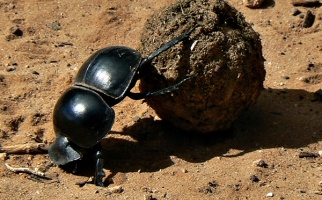
How to Find a Mate When You Smell Like Dung
STEM Explained
Some dung beetles use alternative reproductive tactics to increase their chances of finding a mate. Learn what this tells us about evolution and biodiversity.
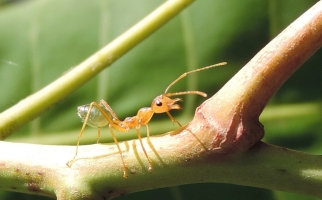
Insects: Part 1
Picture Collections
10 images of some animals such as ants and mosquitoes that have 6 legs and 3 main body parts consisting of a head, thorax and abdomen.

How do I construct a terrarium?
Hands-on Activities
You can make your own terrarium for growing plants!